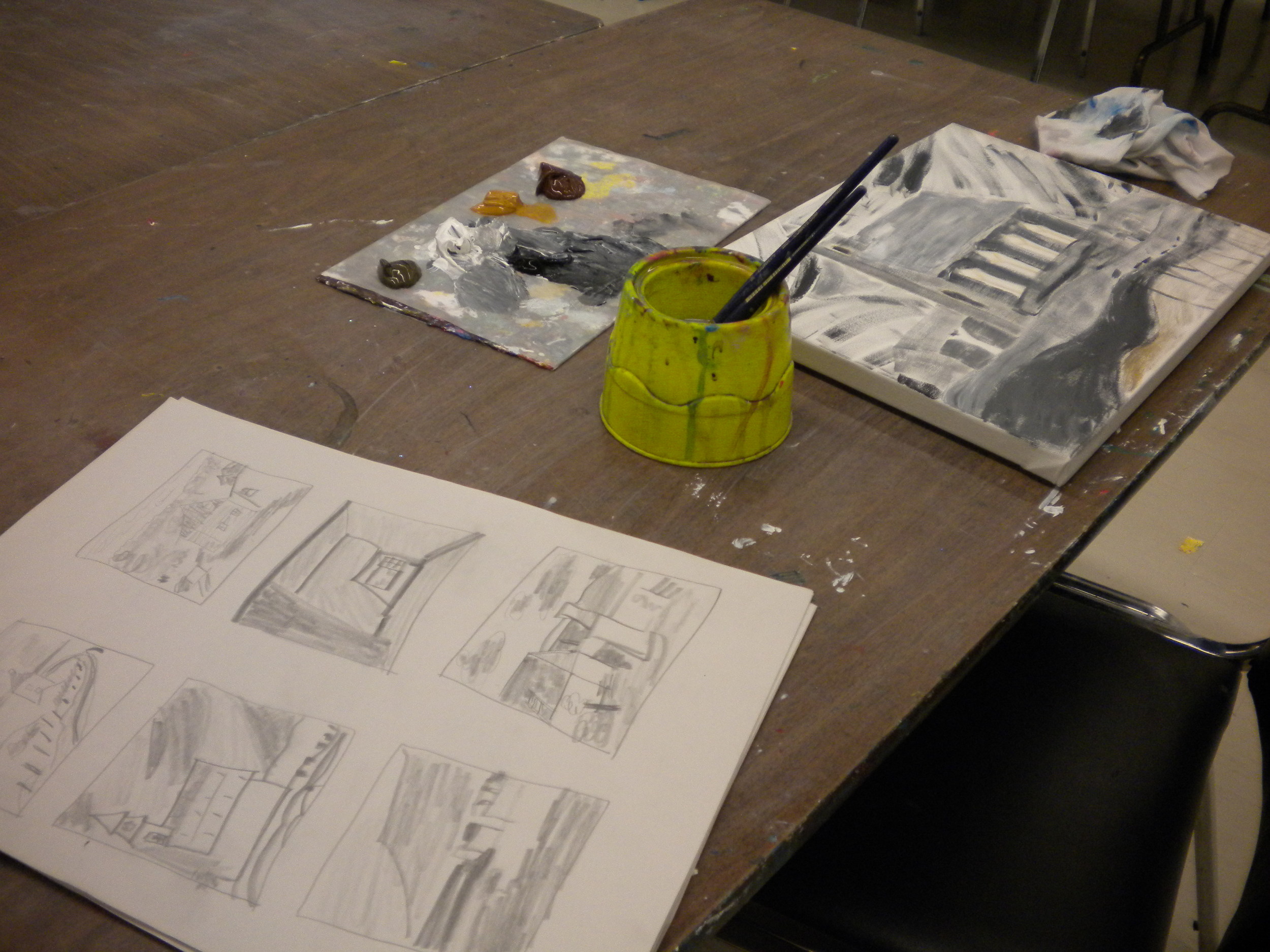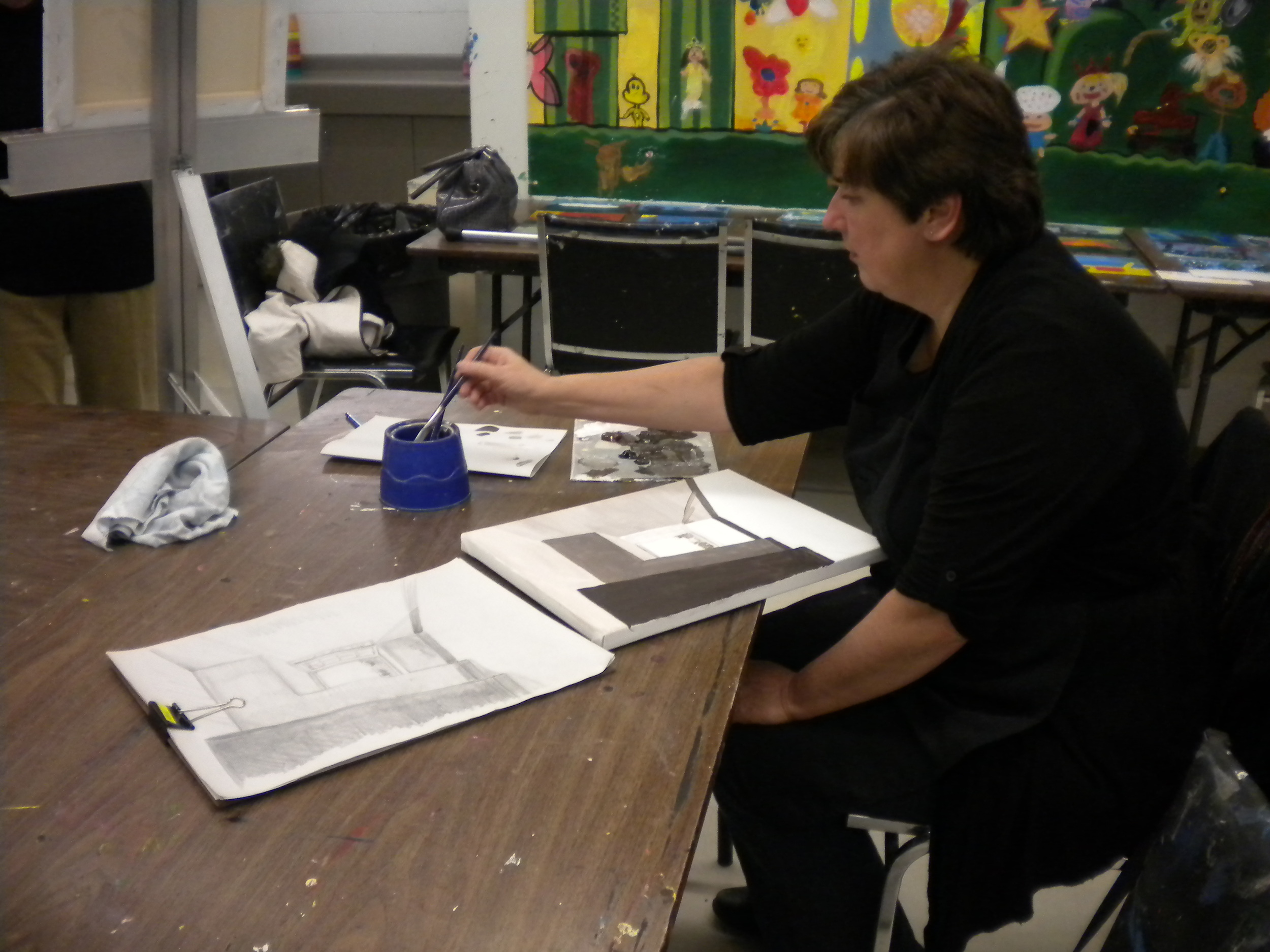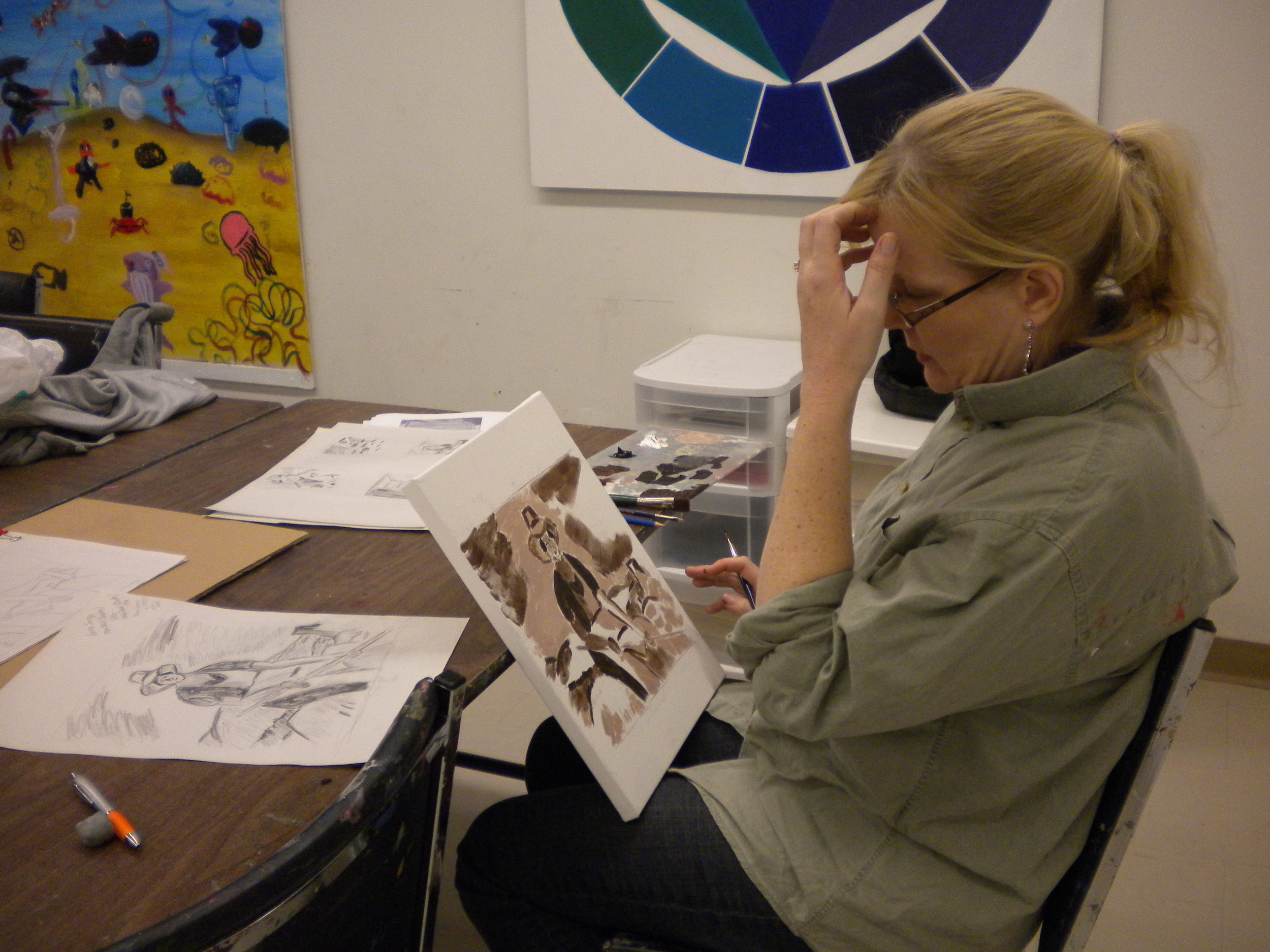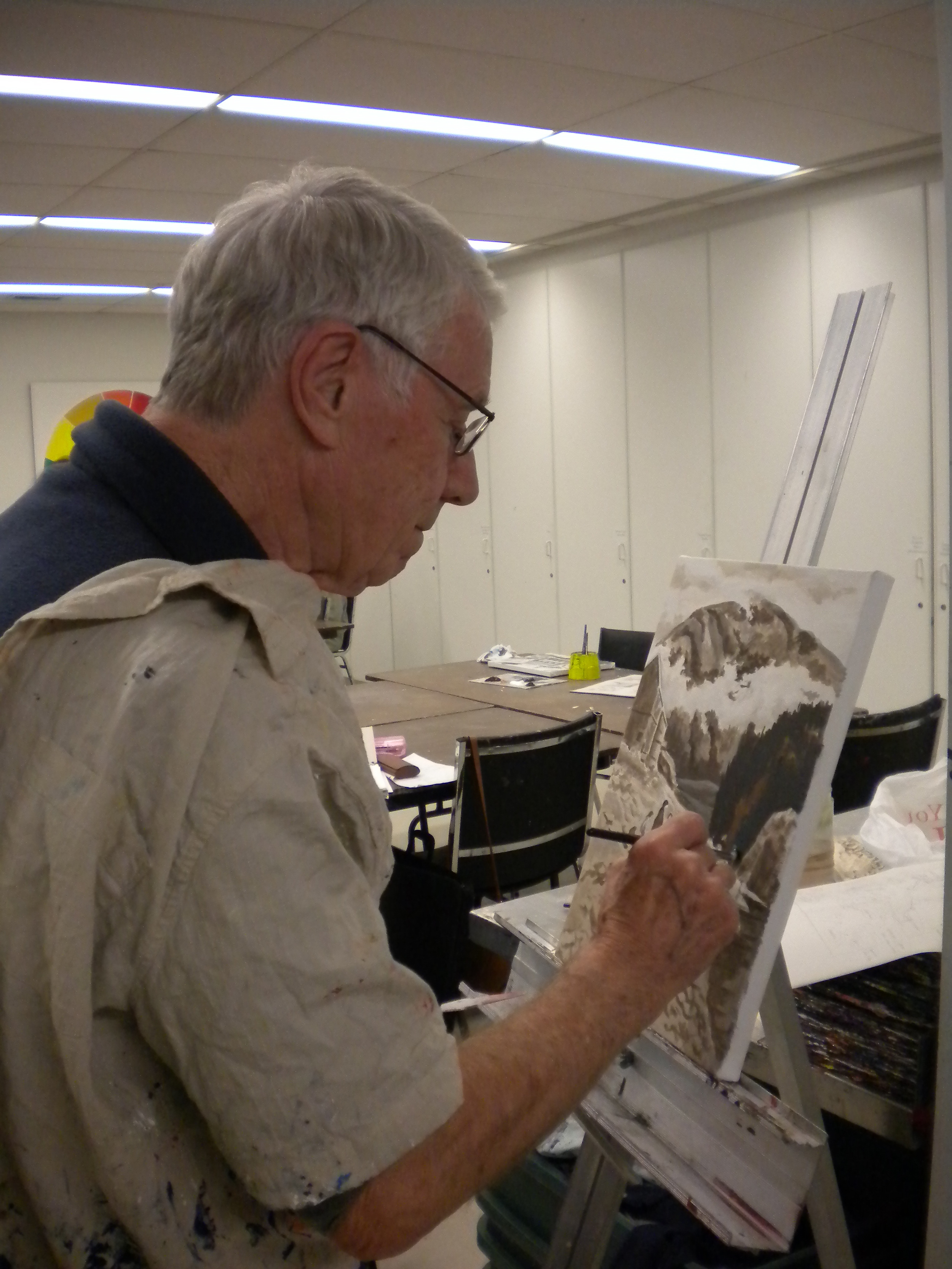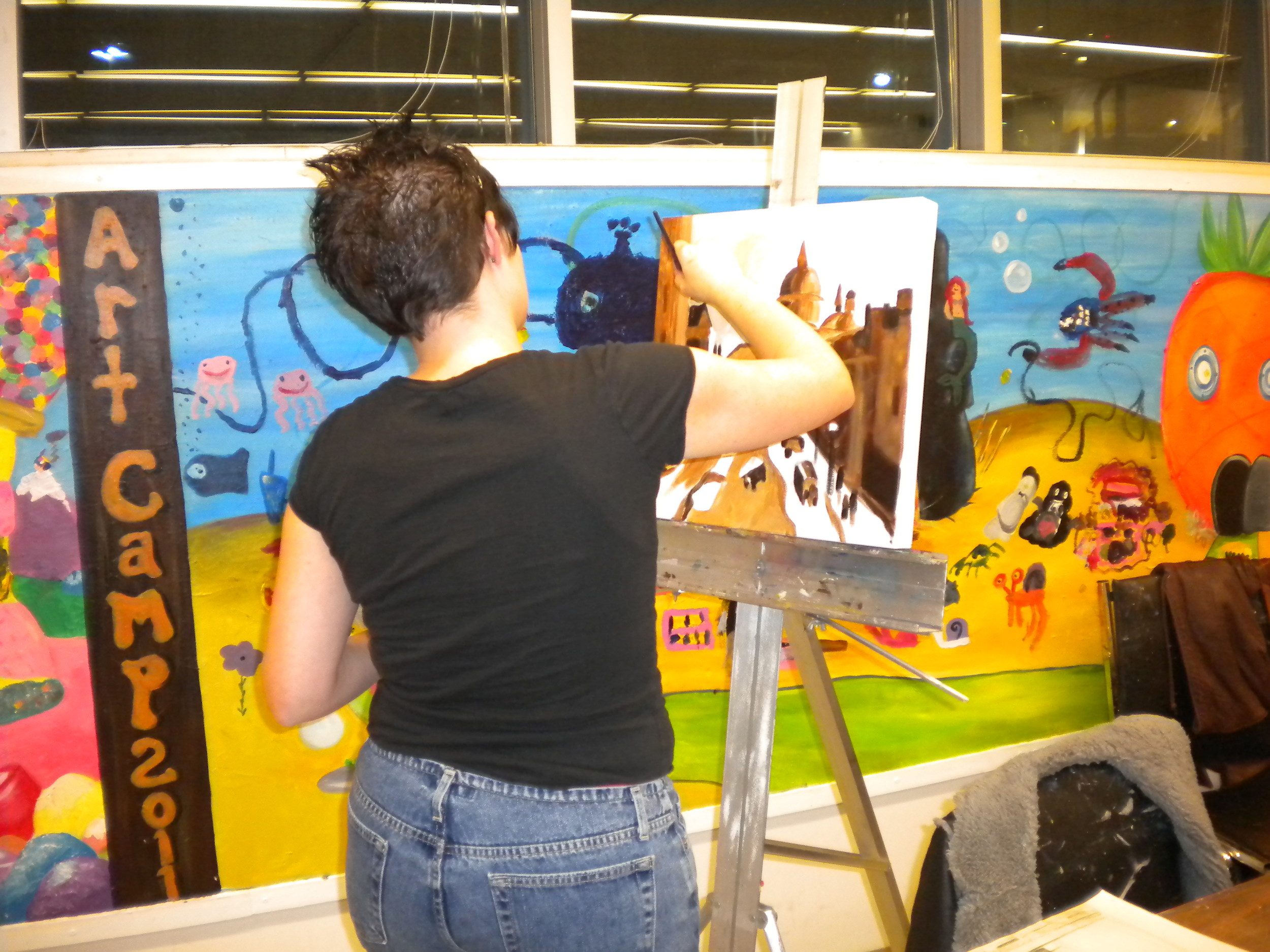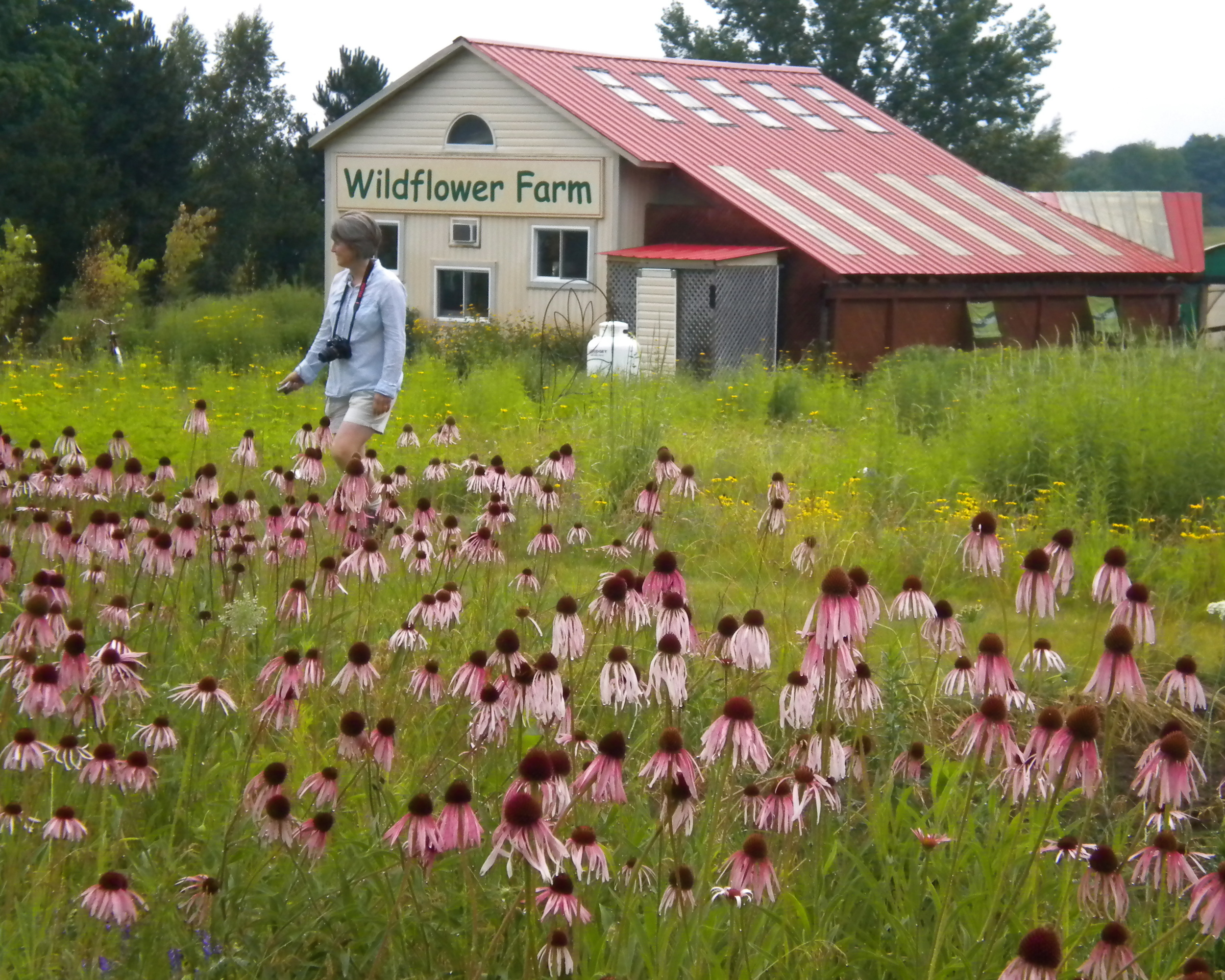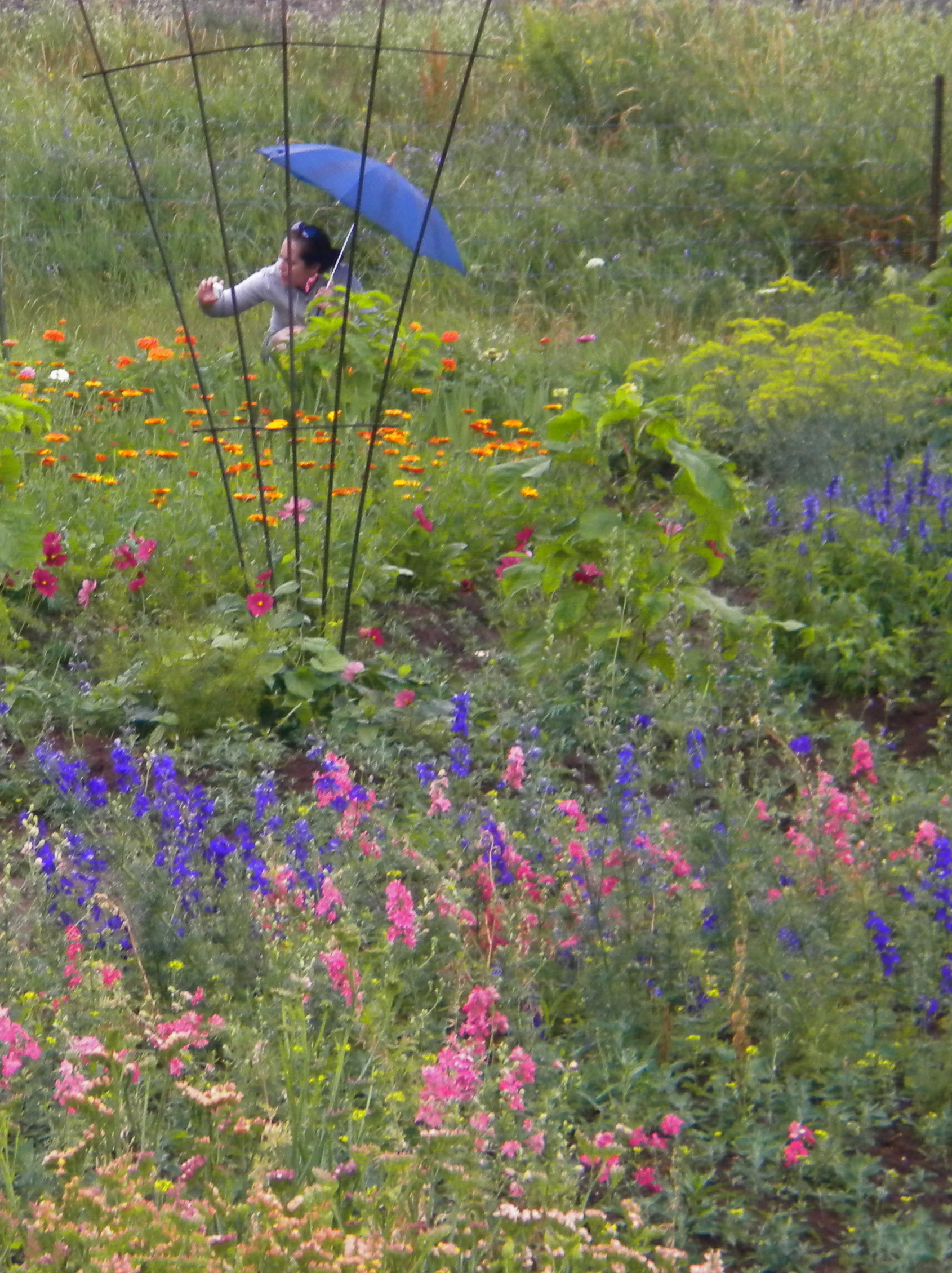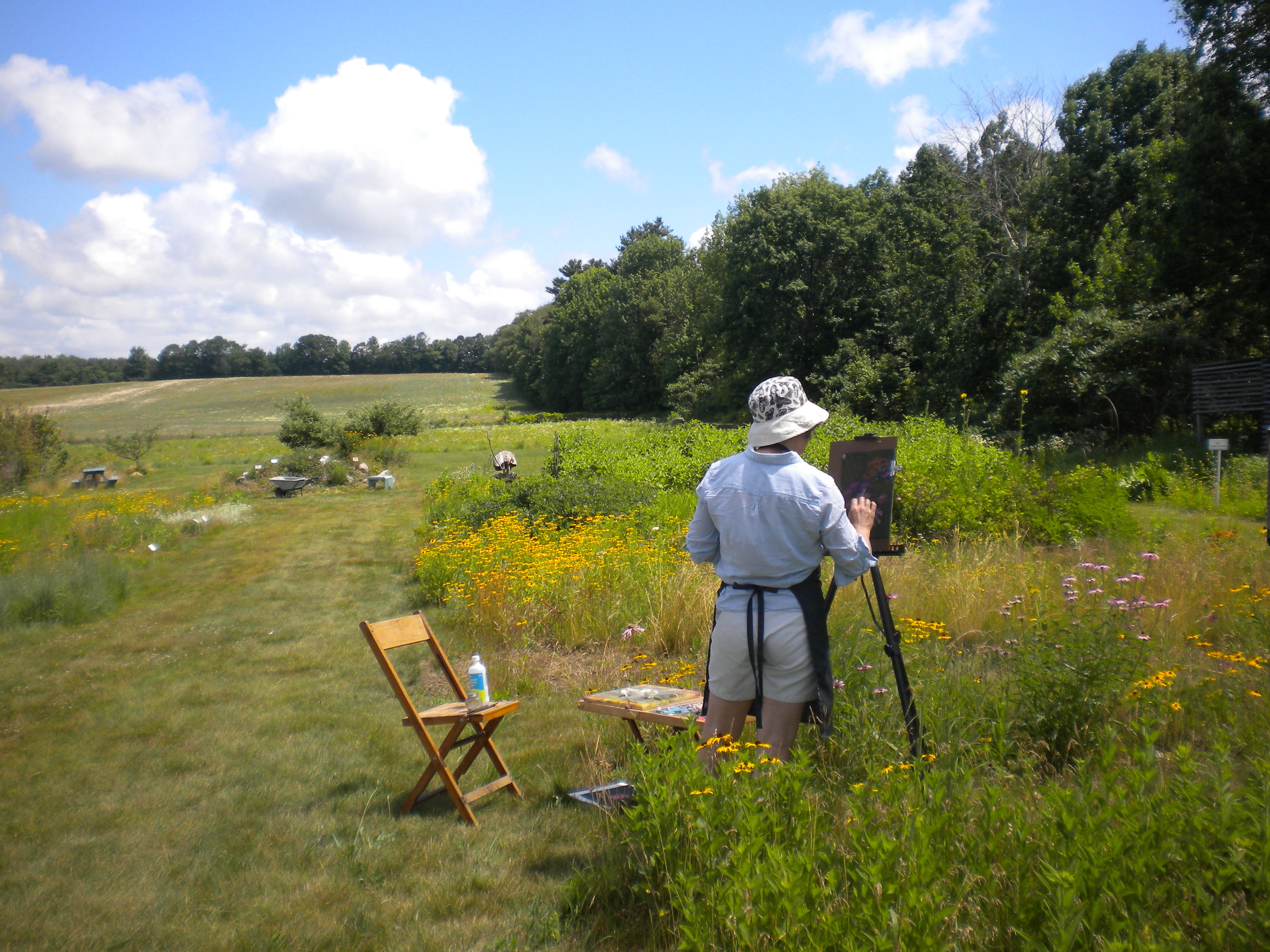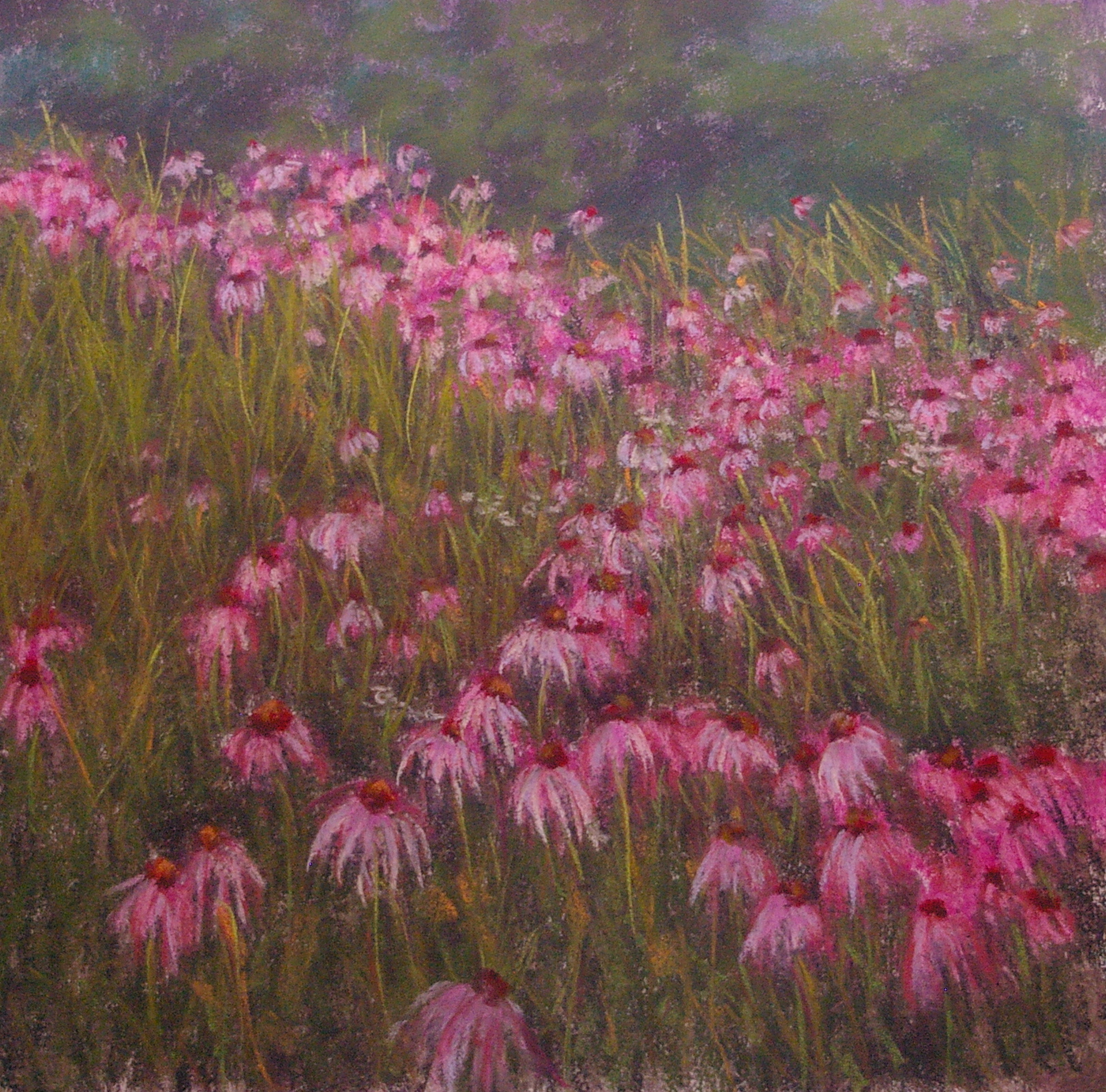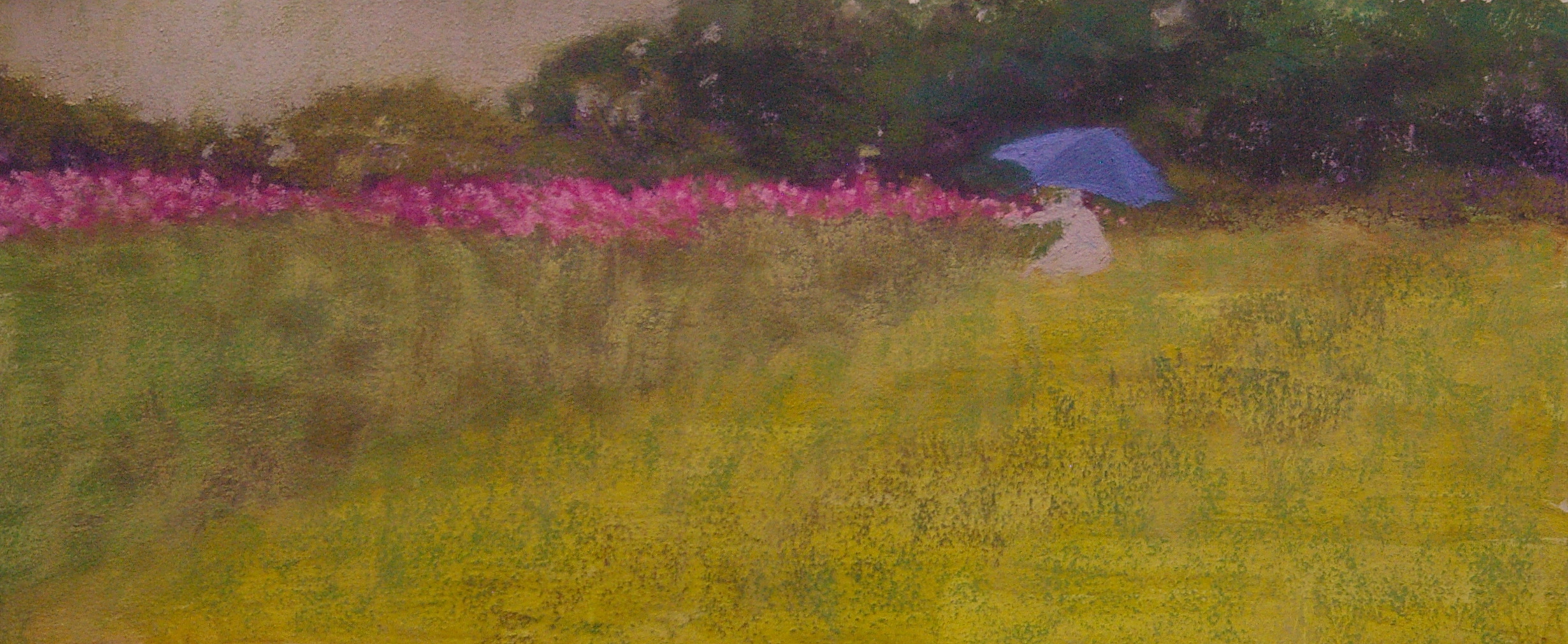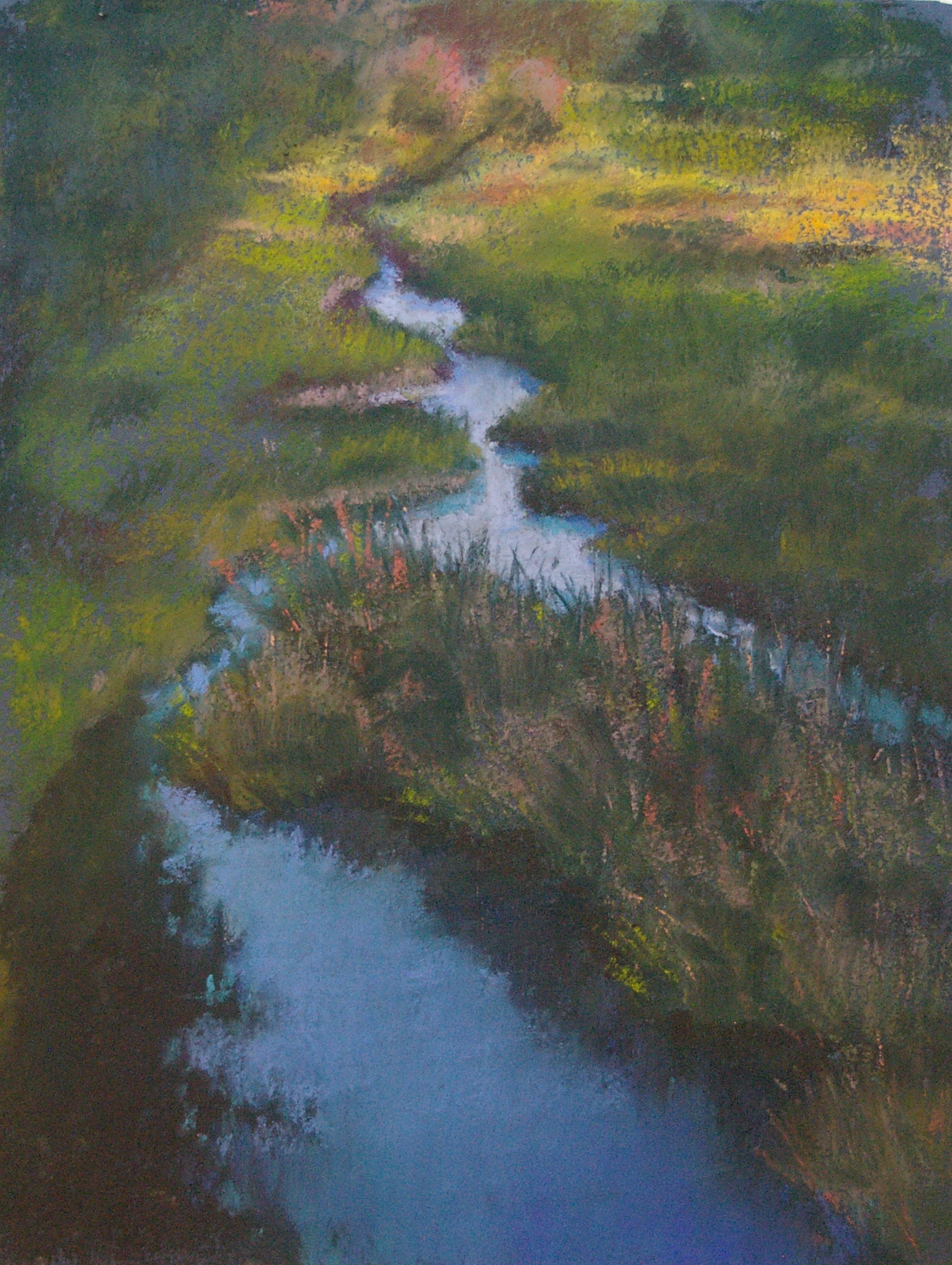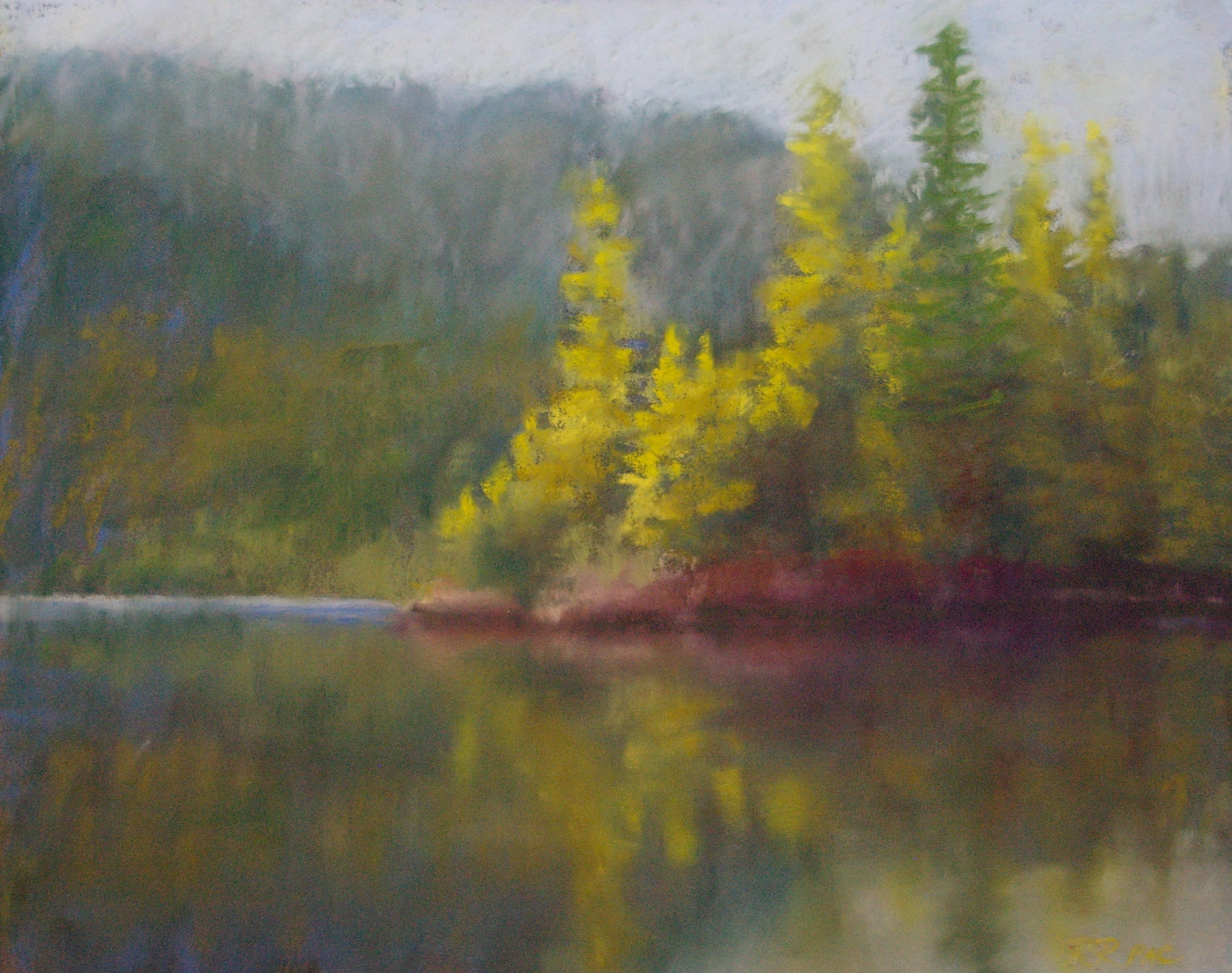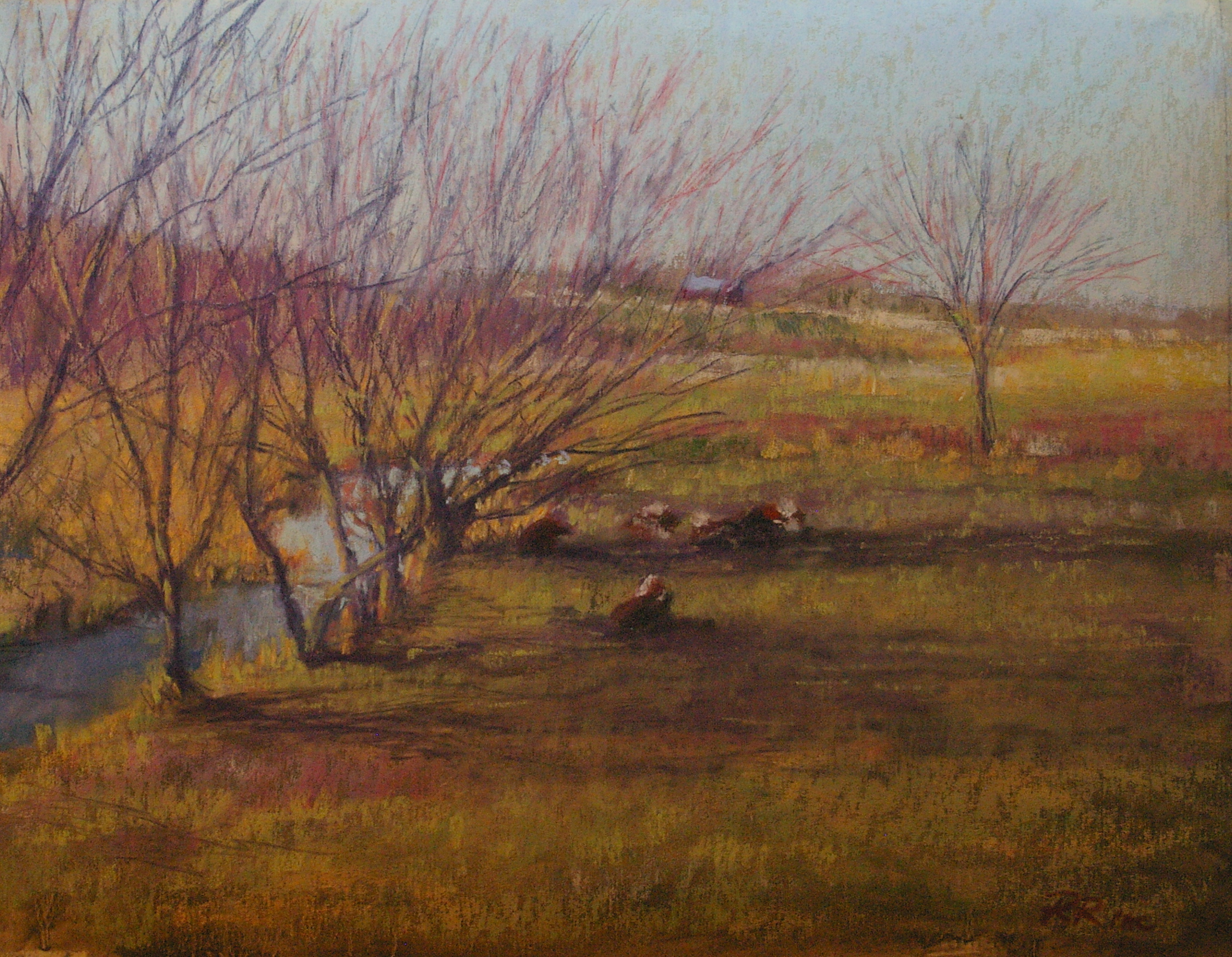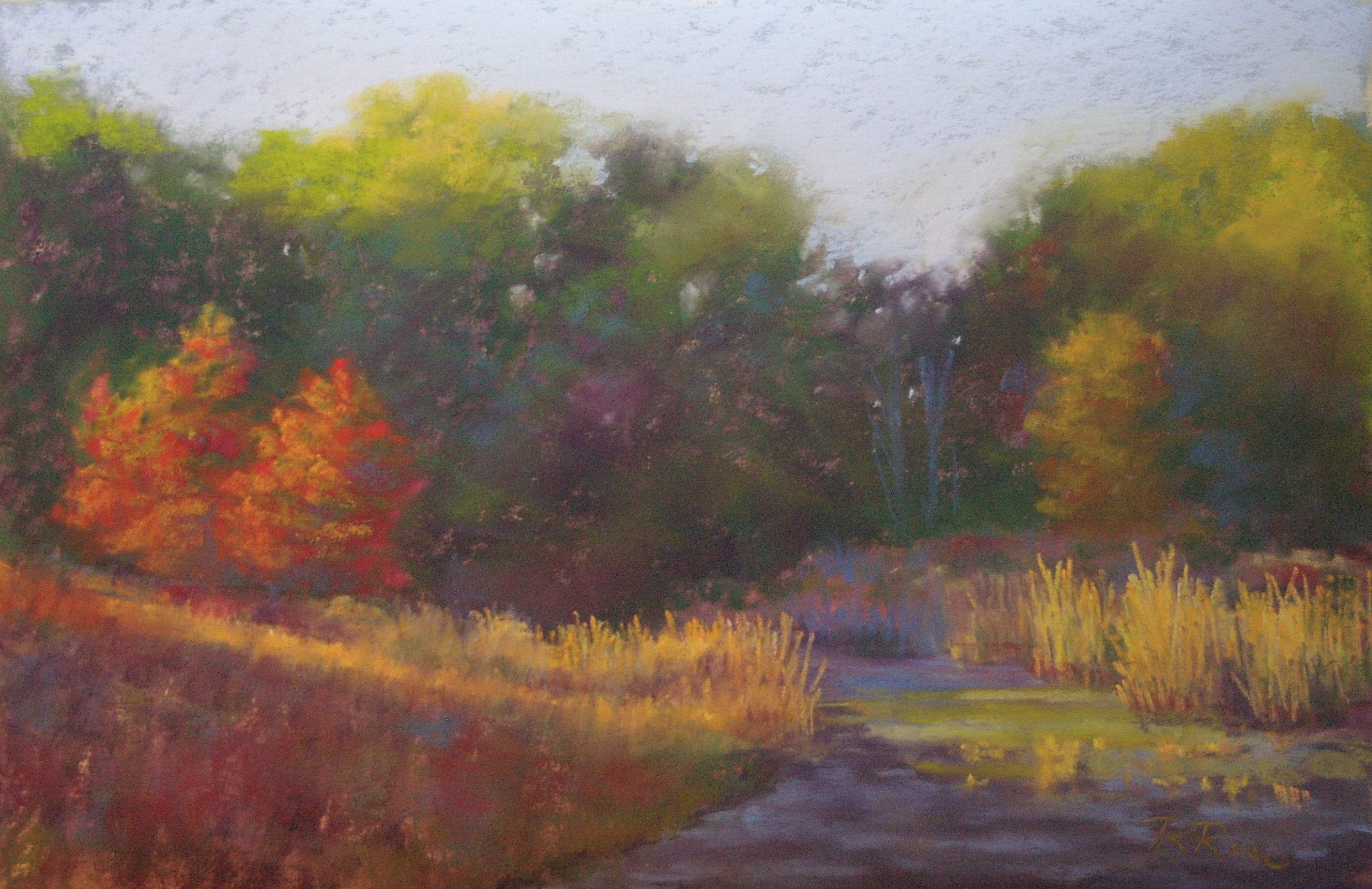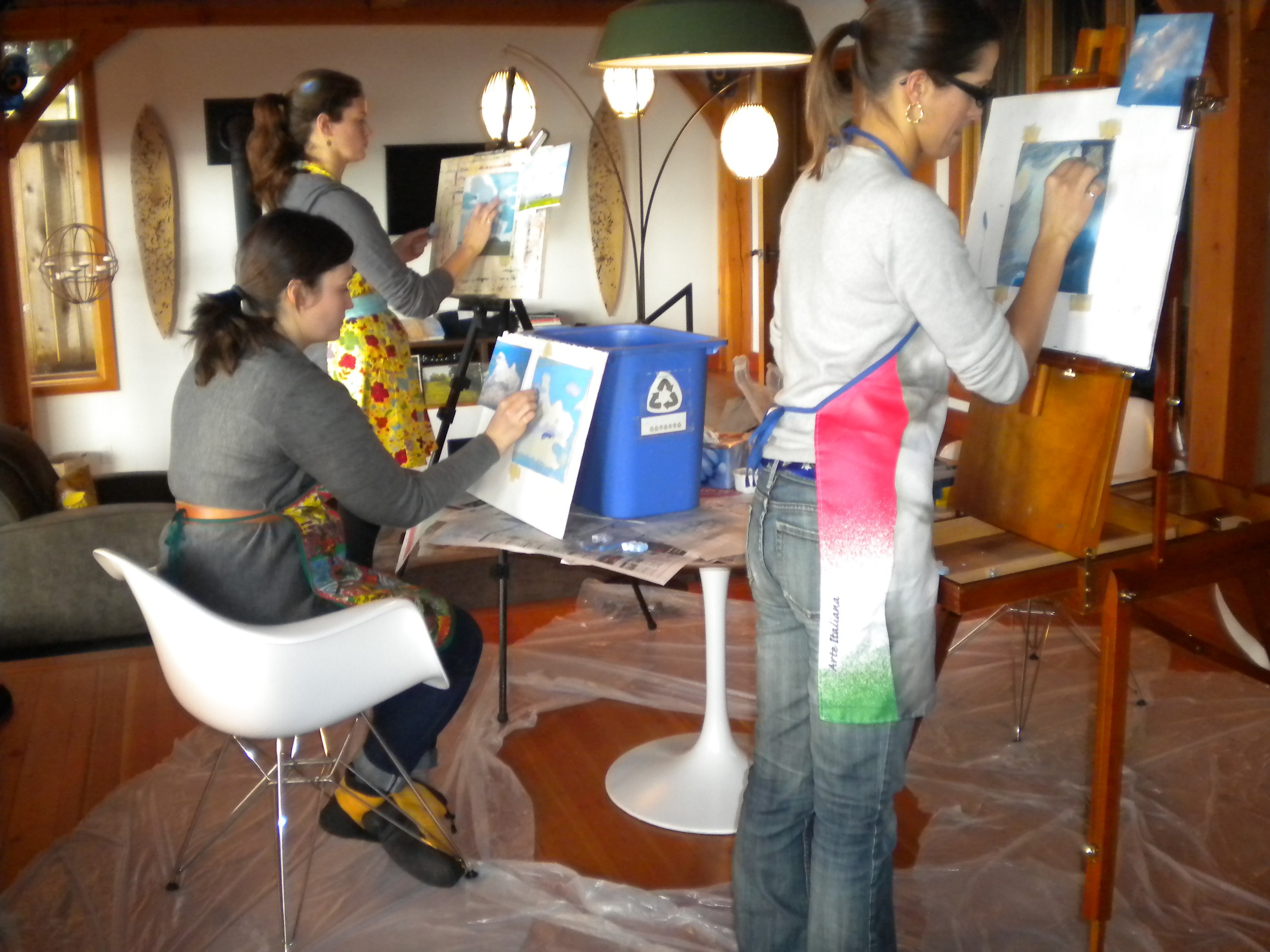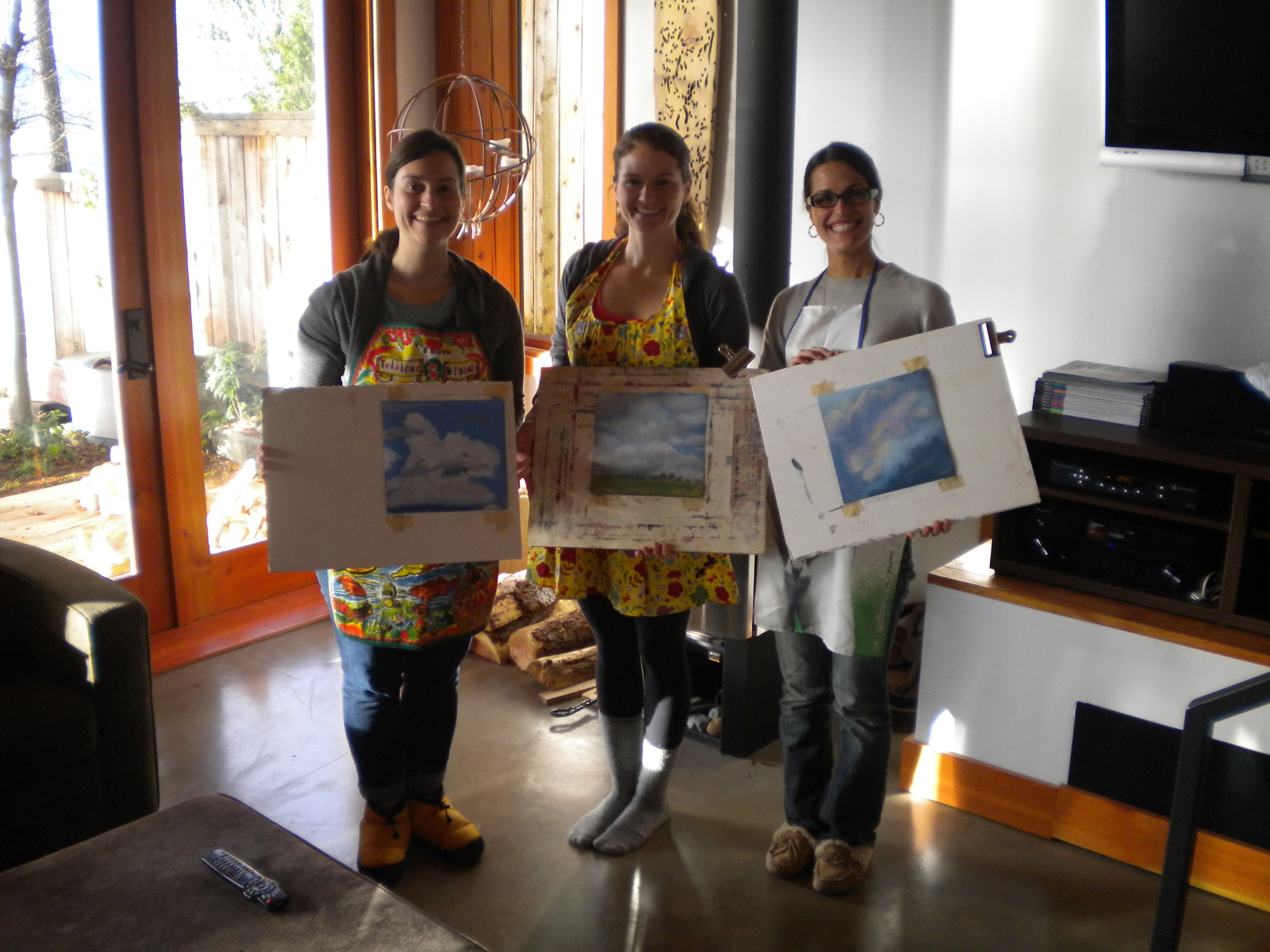Recently the Robert McLaughlin Gallery in Oshawa mounted a wonderful exhibition featuring the work of William Brymner and some of his students, including Clarence Gagnon and Maurice Cullen. Although a Scot, Brymner visited and painted in Canada frequently, and his influence on early Impressionist-era painters in Ontario and Quebec was significant. The exhibition includes both luminous landscapes and tender portraits, and is very inspiring to contemporary realists.
I was lucky enough to be invited by Program Director Joel Campbell to teach a series of two workshops related to the exhibition. The first session, scheduled to precede mine, was to have been a lecture by an art historian, who unfortunately got caught up in Toronto traffic and didn't manage to get to the Gallery to make her presentation! Nevertheless, a week later I faced 12 eager students who, despite not having had the benefit of the contextual lecture, were keen to learn the lessons available from Brymner's work by emulating the paintings in the exhibition.
Because Brymner's work bridges the Academic and the Impressionist styles and techniques, I began with a very brief introduction to these two approaches, accompanied by a few slides of each. Quickly, however, I moved on to a discussion of values, emphasizing the role of the value structure in the compositions. The students then worked in the exhibition with paper and charcoal or pencil to create ten quick value thumbnail sketches based on the works in the show. Choosing their favourite of the ten, they then re-created the value study in more detail, scaling it to the canvas they'd be painting on in week two, and also completed a contour drawing of the main shapes in the work. A few students managed to also complete a value underpainting ( a "grisaille") on their canvases within the all-too-brief two hour first session.
The following week, having transferred their contour drawings to their canvases, and completed the underpainting in tones of sepia or gray, the students added acrylic colours to emulate those used in the original. In order to do this, they had to view the work again in the main floor gallery, make detailed notes about the colours used, then come back downstairs to the studio and paint from their memories and notes. It was a great exercise for the eye, brain, and hand!
Although none of the students really completed their paintings, they had a great start and the reference notes needed to complete the works at home. As well, they had experienced the exhibition at a level much beyond that of the casual viewer by studying one work deeply.
The Gallery and the students seemed well-pleased by the experience, but I think we'll schedule three painting classes if we take this approach again!
Here are some photos of works in progress:
